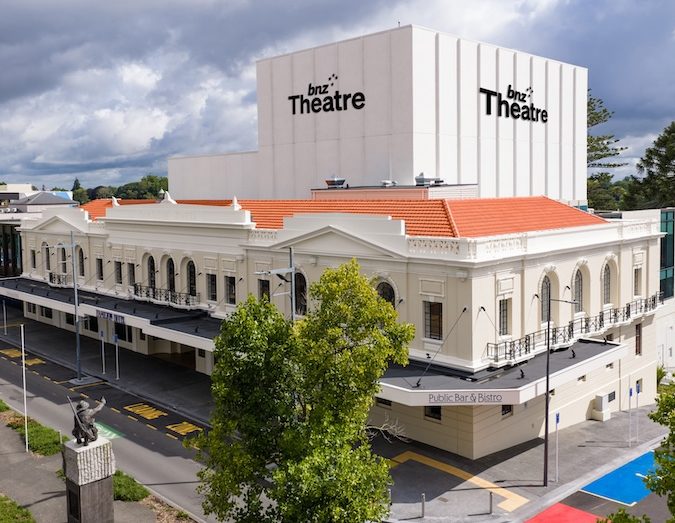Battling the boom and bust: why slow and steady wins the architectural race

With perhaps the exception of the mining industry, nobody does boom and bust quite like architects. I probably need not remind anyone of the last great bust – the 2008/2009 financial meltdown – but for the sadists among us, data from the American Institute of Architects indicates that on average, architecture firms in the US faced a 40% decline in revenue, and a 30% lay off in staff. Gensler shed 750 people from their 3,000 strong work force. These statistics represent the strongest negative impact on a professional service industry, and one of the biggest across all industries.
Fast-forward 10 years and we’re in the grips of another great boom. 2017 data published by Forbes shows professional consultancy services related to construction is the second fastest growing industry in the United States. Anecdotally it seems the UK, Australia and New Zealand are in similar boats. In a single year Zaha Hadid architects doubled in size.
So in a rising tide, how do you ensure you don’t get swept away? Put another way, I wanted to know if there was an alternative to the boom and bust model and if there was, what might be the average level of organic growth? To do this, I took my sample of 109 firms from Design Intelligence and divided the size of each firm by the number of years since the firm’s inception, creating a very crude speed of growth statistic. Values ranged from 98 (Gensler) to 1. The average for all firms was 6.31 people per year. Only 15.5% of firms managed to sustain an average growth rate of 10 people per year. Against this backdrop, the speed of growth we have seen recently in many firms seems highly-unsustainable.
Each year Architect Magazine ranks America’s Top 50 architecture practices. Unlike other construction media, who tend to rank firms by number of people or total revenue, Architect Magazine has a robust methodology for scoring firms across three categories: Business, Sustainability and Design.
Assuming that the old adage of business begetting business would hold true, I expected these high-performing firms to be growing at a much faster rate. I was wrong, the average growth rate of the best 50 architecture firms in America is 6.89 people per year. Completely counter to intuition, the 10 firms that ranked the highest according to business performance actually had a slower average growth rate of 3.85 people per year, while the 10 firms that ranked the highest on design quality had an average growth rate of 4.36.
So to answer the original question about whether you’re growing too fast, if you desire to be a profitable design-centric firm and you have been growing at more than five people a year, there’s a good chance your ship might run aground if the economic tide goes out.
Ultimately what I believe these findings point to is the importance of creating a mechanism to constrain growth. William Rawn Associates – the best financial performer on Architect Magazine’s Top 50 – have a simple rule: they limit themselves to six projects in design at any given time. By artificially constraining growth, William Rawn only get bigger when they get better. By relentlessly sticking to this rule they’re far less likely to fall mercy to market forces.
I would wager a pretty penny that firms like William Rawn who adopt a slower, more deliberate approach to growth not only perform better financially, but have greater staff retention and consistently achieve higher-quality design outcomes over the long-term than those who grow fast and shrink quicker. I don’t have any data to support that sweeping generalisation, only the fact that at 6’6, growth is something I know a little bit about.





